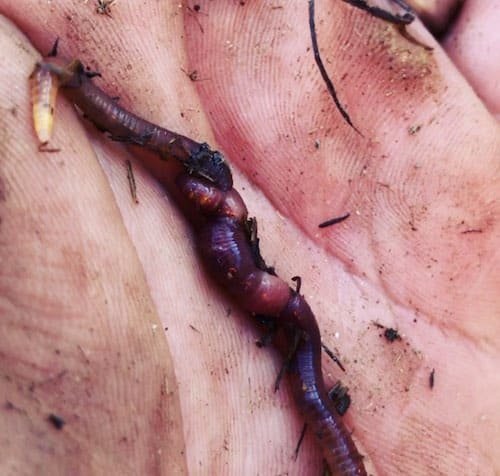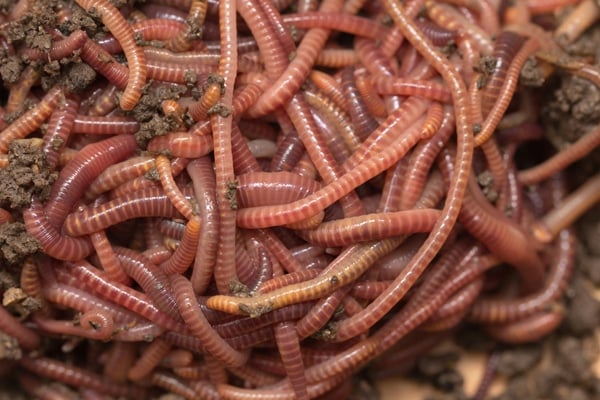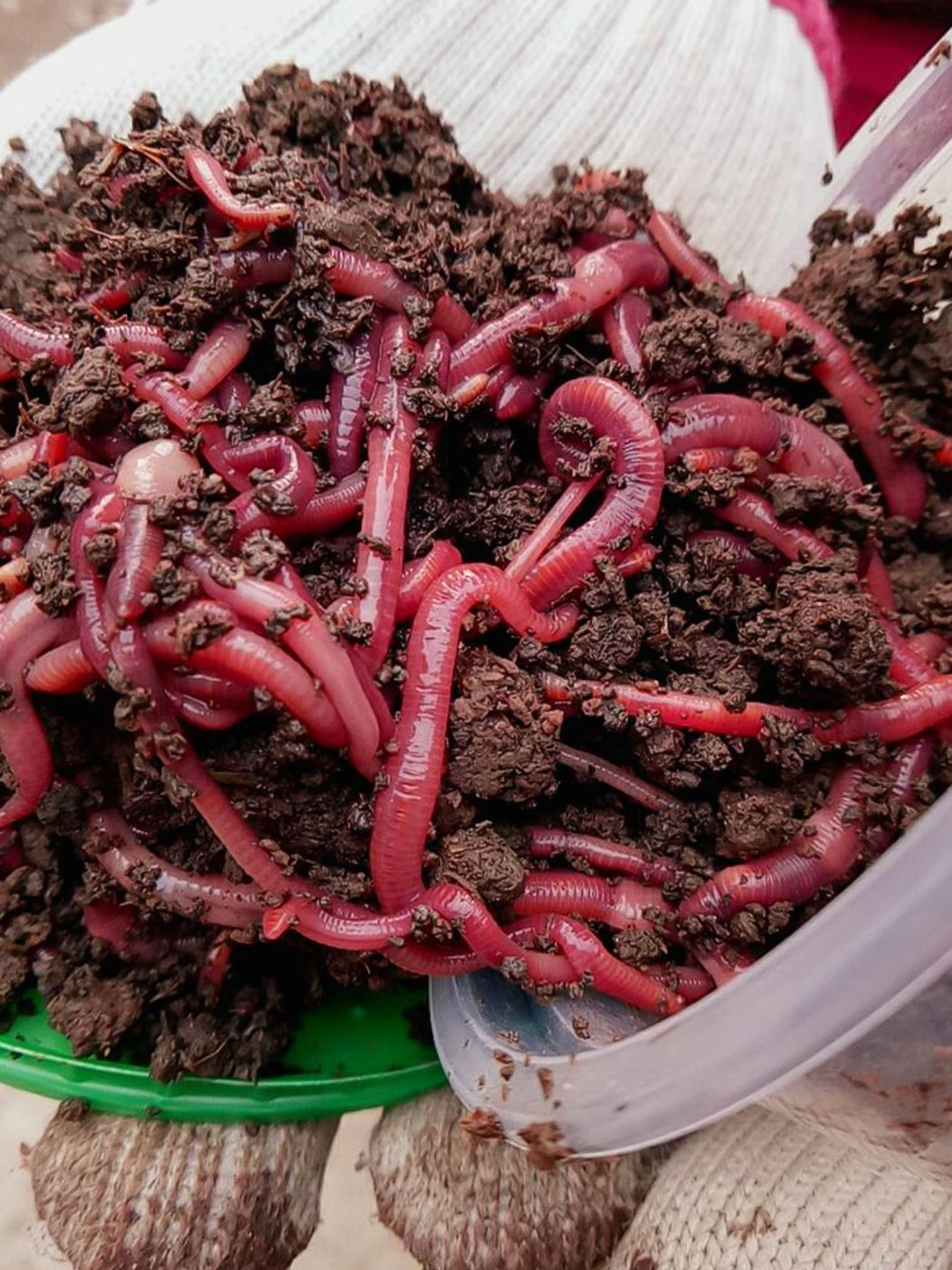Red Wiggler Express: A Reliable Name for Worms and Supplies
Red Wiggler Express: A Reliable Name for Worms and Supplies
Blog Article
Red Wigglers 101: Every Little Thing You Need to Know for Thriving Gardens
Red wigglers, or Eisenia fetida, play an important role in sustainable horticulture practices, acting as efficient decomposers that convert natural waste right into beneficial vermicompost. Understanding their habitat, dietary choices, and the myriad advantages they supply can change your gardening strategy (Red Wiggler Express). As these worms thrive in specific problems, their care and monitoring are important for optimizing their payments to dirt health. The concern continues to be: what actions can you require to harness the full potential of these amazing organisms in your own yard?
Recognizing Red Wigglers

Red wigglers flourish in atmospheres abundant in organic product and moisture. Red Wiggler Express. They possess an one-of-a-kind digestive system that allows them to process food scraps promptly, excreting castings that are packed with vital nutrients such as nitrogen, phosphorus, and potassium. These spreadings improve soil structure, boost water retention, and foster useful microbial task, every one of which add to robust plant health and wellness
Furthermore, red wigglers can make it through in varied problems, making them versatile to different gardening methods, consisting of interior and outside composting systems. Their capacity to eat large quantities of natural waste everyday settings them as beneficial allies for both home garden enthusiasts and commercial farmers. By integrating red wigglers into horticulture efforts, one can significantly enhance dirt fertility and support lasting horticulture methods.
Ideal Environment for Red Wigglers
Creating an optimal setting for red wigglers is vital for maximizing their composting capabilities and overall health and wellness. Red wigglers thrive in wet, dark, and well-aerated environments, which carefully resemble their all-natural settings in ground cover and decomposing raw material. An appropriate environment must give a temperature range in between 55 ° F and 77 ° F(13 ° C to 25 ° C), as severe temperature levels can stress or damage the worms.
The bed linens product, such as shredded paper, cardboard, or coconut coir, must be kept damp yet not extremely damp, as extreme wetness can result in anaerobic conditions harmful to worm health. Furthermore, a pH degree in between 6.0 and 7.5 is ideal, guaranteeing a well balanced atmosphere.
Proper aeration is similarly crucial; it enables oxygen flow and avoids the accumulation of harmful gases. A container or bin developed for vermicomposting should have drain holes to remove excess dampness and advertise air flow. Regular surveillance of these conditions is crucial for preserving a prospering red wiggler population, eventually boosting their performance in breaking down natural waste and enriching yard soil.
Dietary Needs and Preferences

Red wigglers show certain choices; they are especially fond of softer, decaying products over more difficult or more coarse materials. It is vital to avoid feeding them citrus peels, onion, and garlic in large amounts, as these can be hazardous. Additionally, meat, milk, and oily foods ought to be left out, as they can draw in pests and develop undesirable smells.
(Charlotte NC Worms For Sale)Green materials, such as veggie scraps, offer nitrogen, while brown products, like cardboard and dried out fallen leaves, supply carbon. By providing to their dietary requirements, gardeners can promote a growing populace of red wigglers in their compost systems.
Benefits of Using Red Wigglers
The exceptional advantages of making use discover here of red wigglers in horticulture prolong far beyond their role in composting. These versatile microorganisms add dramatically to dirt health and wellness, improving nutrition availability and advertising microbial task. By freshening the dirt as they delve, red wigglers enhance drainage and origin infiltration, producing an optimal setting for plant development.
Moreover, red wigglers are effective recyclers of organic waste, transforming it right into nutrient-rich castings that function as a superb all-natural fertilizer. These castings include useful microorganisms and essential nutrients, such as nitrogen, phosphorus, and potassium, which are important for plant growth. The sluggish launch of nutrients from worm spreadings guarantees a consistent supply, lessening the danger of nutrient leaching and advertising sustainable horticulture methods.
Making use of red wigglers fosters an extra lasting horticulture approach by decreasing dependence on chemical fertilizers and promoting a closed-loop system, where waste is transformed into useful sources. Overall, integrating red wigglers into gardening methods uses a multitude of environmental and farming benefits.
(Lake Rhodhiss Bait)
Composting With Red Wigglers

To launch an effective vermicomposting system, select a suitable container with appropriate ventilation and drain. The excellent environment for red wigglers includes a moist, dark setting with temperatures in between 55 ° F and 77 ° F. Begin by layering shredded paper, cardboard, and food scraps, making certain a well balanced mix of carbon and nitrogen-rich products.
Red wigglers grow on veggie peels, fruit scraps, coffee premises, and eggshells, while avoiding meat, dairy, and oily foods that can attract pests. Frequently check moisture levels; the bedding should perspire but not soaked. Harvest worm spreadings every couple of months by separating the worms from the compost, which can then be used straight in yards or saved for later usage.
Carrying out vermicomposting not just decreases land fill waste yet additionally enhances garden soil, advertising healthy and balanced plant development and sustainable gardening techniques. Accept this environmentally friendly technique to enhance your horticulture ventures.
Final Thought
In recap, red wigglers are vital organisms for improving garden performance through reliable composting. By utilizing red wigglers, garden enthusiasts can significantly improve dirt quality and nutrient accessibility, cultivating healthier plant development.
Report this page